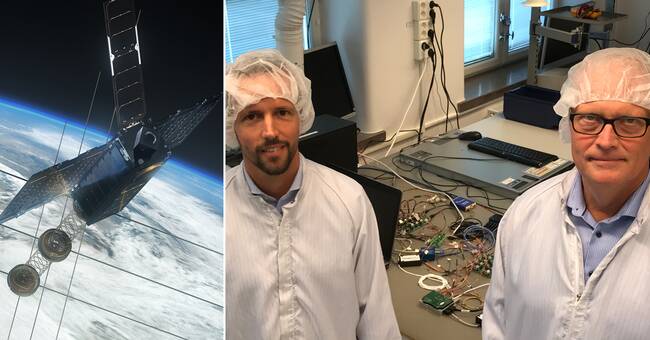It is a so-called nanosatellite, as big as a loaf and weighing about five kilos, to be assembled in Uppsala. By 2022, it will be launched and hopefully become an important piece of the puzzle for ship traffic. Both the Uppsala company and the Swedish Transport Administration, which has invested almost 17 million to develop a new infrastructure for maritime communication, ie communication at sea, hope so.
Simply put, the satellite, which has its own small computer and is powered by solar energy, takes over where the mobile masts on the coasts do not reach with signals to the ships at sea.
- When the ships go out on open water and do not have contact with the base stations along the coastal strips, then the satellites can reflect information from ship to ship, or from ship to land, says Mattias Örth, business developer.
A benefit for ships is smarter routes thanks to satellite assistance, which saves fuel and the environment.
Billion marketAnd satellite evolution is red hot. The total value of the small satellite market during the 10-year period 2019-2028 is estimated at 42 billion dollars, according to Mats Thideman, vice president of Acc clyde space.
- Our ambition is of course to take a substantial market share here, he says.
The clip: See how the satellite is made in the clip above.

